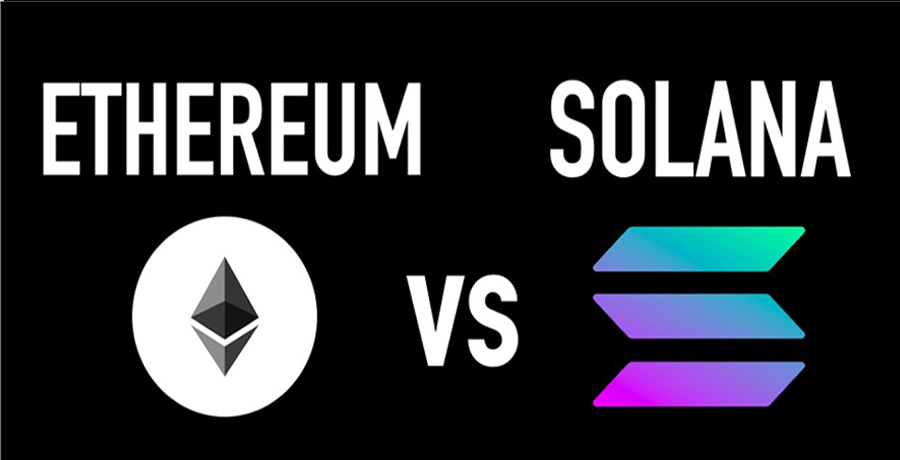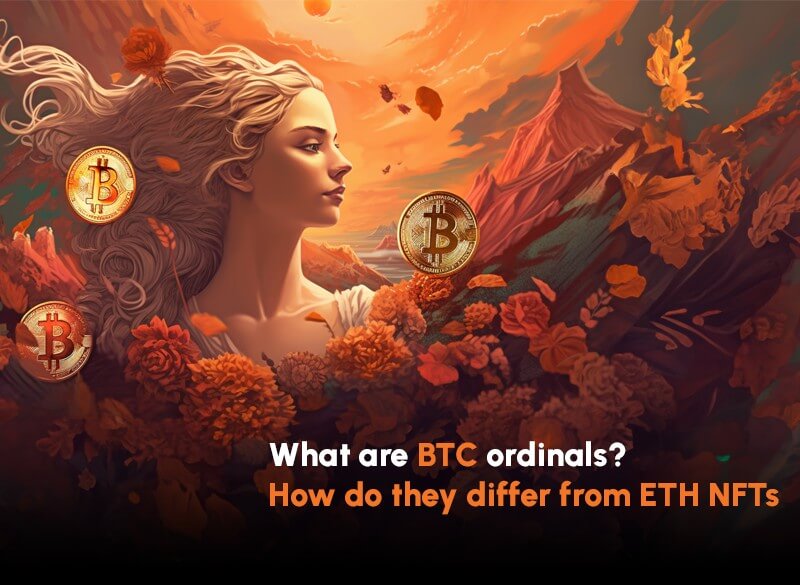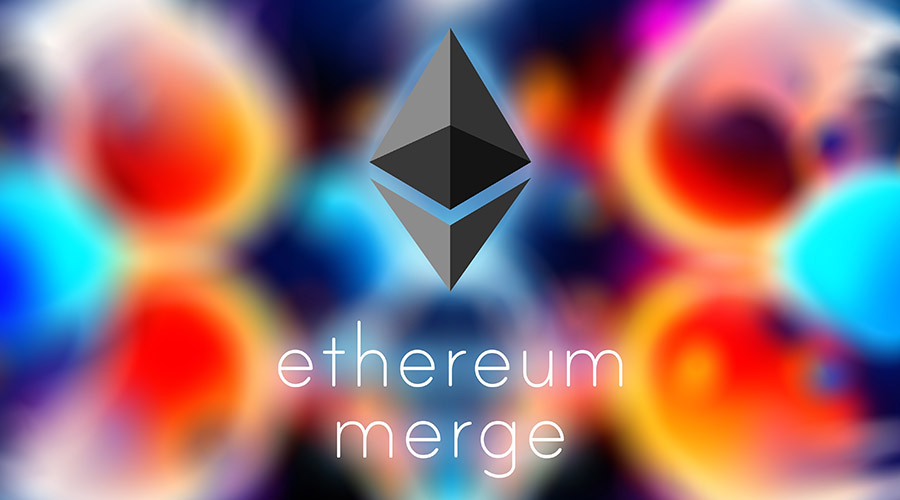In the ever-evolving landscape of blockchain technology, Ethereum and Solana have emerged as two prominent contenders, each vying for supremacy in their own right. Both platforms offer unique features and capabilities, but the question remains: Which one is better? To answer this question, we must delve into the strengths and weaknesses of Ethereum and Solana to understand their respective positions in the blockchain ecosystem.
Ethereum: The Pioneer
Ethereum needs no introduction; it’s often referred to as the pioneer of smart contract platforms. Launched in 2015, Ethereum introduced the concept of decentralized applications (DApps) and smart contracts, which revolutionized the blockchain landscape. Here are some key features of Ethereum:
- Smart Contracts: Ethereum’s primary strength lies in its ability to support smart contracts. These self-executing contracts enable a wide range of applications, from DeFi to NFTs.
- Decentralization: Ethereum is renowned for its strong network security and decentralization, maintained through a large and diverse network of nodes.
- Developer Community: Ethereum boasts a robust developer community and a rich ecosystem of DApps and projects, making it a hub for blockchain innovation.
However, Ethereum faces challenges such as scalability issues and high gas fees. As its popularity grows, congestion on the network has led to slower transaction speeds and increased costs.
Solana: The Speed Demon
Solana, on the other hand, is a relative newcomer that has gained significant attention for its high-performance blockchain. It was designed to address some of the scalability and speed limitations of Ethereum. Here are the key features of Solana:
- High Throughput: Solana is known for its impressive transaction throughput, capable of handling thousands of transactions per second (TPS). This speed makes it an attractive choice for applications requiring rapid execution.
- Low Transaction Costs: Solana’s efficient consensus mechanism, Proof of History (PoH), and unique architecture contribute to lower transaction costs compared to Ethereum.
- Scalability: Solana’s scalability is a significant advantage, as it can accommodate a growing number of users and DApps without suffering from congestion.
However, Solana is still in the process of building a robust developer ecosystem compared to Ethereum’s well-established community. Additionally, its relatively short track record raises questions about long-term reliability and security.
Choosing the Right Blockchain:
The choice between Ethereum and Solana ultimately depends on the specific needs of a project or application:
- Ethereum is the go-to choice for developers looking to leverage a mature ecosystem with a wide range of tools and resources. It’s ideal for projects that prioritize decentralization and security, even if it means sacrificing some speed and cost-efficiency.
- Solana, with its blazing-fast transaction speeds and low fees, suits projects that demand high throughput and scalability. It’s gaining traction in the DeFi and NFT sectors, where rapid execution is essential.
In conclusion, there’s no definitive answer to whether Ethereum or Solana is better. Both platforms have their strengths and weaknesses, and the choice depends on the specific requirements of the project. As the blockchain space continues to evolve, it’s likely that multiple blockchains will coexist, each catering to different use cases and applications.



